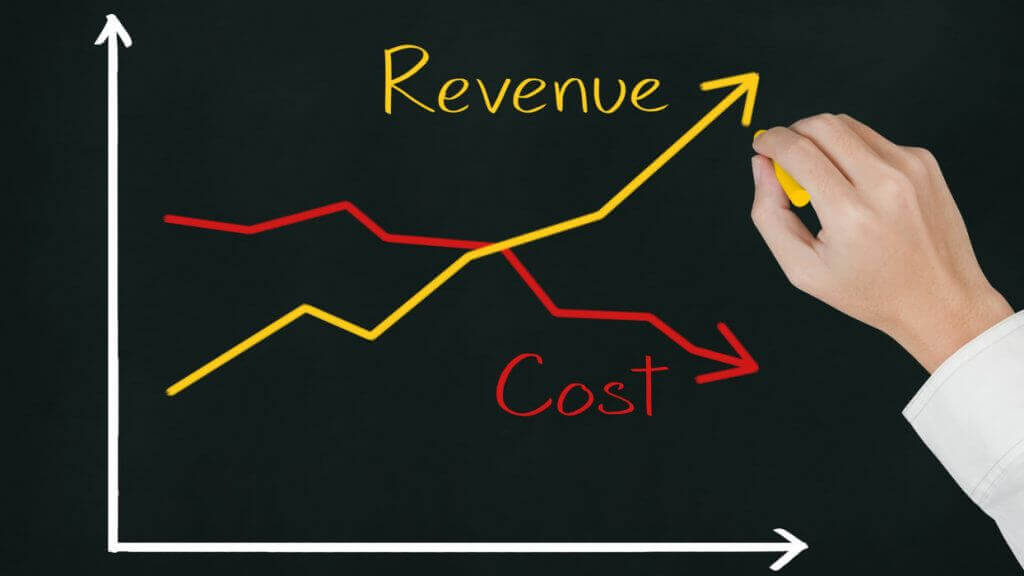
Changes in rooms revenue per available room (RevPAR), and RevPAR penetration receive a lot of attention from hotel managers. This is because the monies hotels receive from renting guest rooms is the major source of revenue across all property types in the U.S. According to the 2016 edition of Trends® in the Hotel Industry, rooms revenue averaged 68.1 percent of total operating revenue in 2015. This metric exceeds 97 percent at limited-service and extended-stay hotels. Alternatively, rooms revenue comprises only 51.8 percent of total revenue at resorts.
Even more impressive than the contribution of rooms revenue to total revenue, is the influence of the rooms department on hotel profitability. On average, the profits generated by the rooms department made up 81.7 percent of total department profits in 2015. This ratio ranged from 68.2 percent at resorts to 99.1 percent at limited-service properties. In short, as the rooms department goes, so goes the hotel.
To gain a better understanding of the profitability of hotel rooms departments, we examined the performance 1,809 properties that submitted data to our Trends® survey each year from 2007 to 2015. This allows us to analyze changes in rooms department expenses and profits through the latest industry cycle.
Labor Intensive
Per the Uniform System of Accounts for the Lodging Industry, representative expenses assigned directly to the rooms department include items such as labor costs, the cost to launder linens, guest room supplies, reservation system expenses, travel agent commissions, and complimentary food and beverage.
By far the greatest expense within the department is labor. Personnel within the rooms department consist of room attendants, laundry workers, front desk clerks, bellmen, reservationists, and concierges. In 2015, the combined cost of salaries, wages, and benefits for these positions equaled 61.3 percent of total rooms department expenses.





